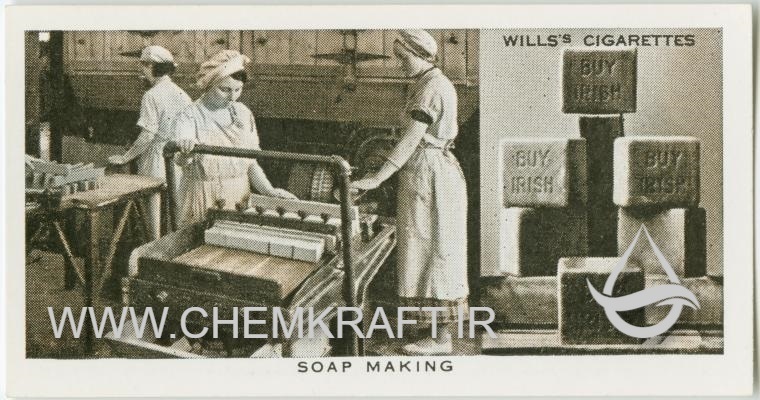Caustic soda, also known as sodium hydroxide, is a highly versatile and widely used chemical compound. Its primary function is as an industrial reagent, mainly for manufacturing various products such as detergents, paper, textiles, and aluminum. Like many other substances, caustic soda has an array of synonyms or alternative names, both historical and contemporary, depending on its context and application.
Synonyms
One historical synonym of caustic soda is lye. Lye has been used for centuries, with evidence of its use dating back as far as ancient Egypt. It was primarily extracted from wood ashes or obtained through the process of leaching. In fact, the term “lye” is derived from the Old English word “leag,” which means “ashes.” Lye was widely used for soap-making, cleaning, and even in food preparation, specifically for curing and preserving certain foods.
Another historical name for caustic soda is soda lye. This term was commonly used in the 18th and 19th centuries. Soda lye was produced through the electrolysis of sodium chloride in a process known as the amalgam cell. This method generated a concentrated solution of sodium hydroxide, commonly referred to as “soda lye.” It played a crucial role in the manufacturing of soap, glass, and various chemicals during this time.
Other names
In recent times, caustic soda is often referred to as sodium hydroxide, its chemical name derived from the elemental components of the compound. Sodium hydroxide became the preferred name due to its accuracy, particularly in scientific and industrial settings. The term “caustic soda” is still commonly used outside of technical and scientific circles, where its historical significance and familiarity continue to hold sway.
Another contemporary synonym for caustic soda is NaOH, an abbreviation derived from the elemental symbols for sodium (Na), oxygen (O), and hydrogen (H). NaOH is often employed in scientific literature and technical documentation to represent the compound unambiguously. This acronym condenses the lengthy chemical name while preserving its clarity, making it a convenient alternative in written communication or discussions.
In everyday language, caustic soda is sometimes referred to as lye water or simply lye. These names reflect the historical use of caustic soda in food preparation and soap-making. Lye water is commonly used in traditional cooking practices, particularly in Asian cuisine. It is employed for processes such as alkaline peeling of fruits and the preparation of traditional delicacies like pretzels. The term “lye” is also occasionally used outside of technical contexts, particularly in relation to the soap-making community.
Brand names overgeneralized
While caustic soda is the most recognized and widely used name for sodium hydroxide, other synonyms have emerged through commercial branding. Various cleaning products and drain cleaners often refer to sodium hydroxide as a key ingredient but rebrand it using names like power lye or industrial strength cleaner. These alternative names aim to emphasize the product’s effectiveness, catering to specific target markets and industries.
In conclusion, the historical and contemporary synonyms for caustic soda or sodium hydroxide showcase the versatility and widespread application of this essential chemical compound. From the ancient use of lye and soda lye to the modern terminology of sodium hydroxide, NaOH, or lye water, these alternative names reflect the compound’s historical significance and its ongoing relevance in various industries. Additionally, different product branding has also introduced alternative names to emphasize specific qualities or target markets. Overall, the diversity of synonyms demonstrates the crucial role that caustic soda plays in the industrial, scientific, and everyday contexts where it is utilized.











